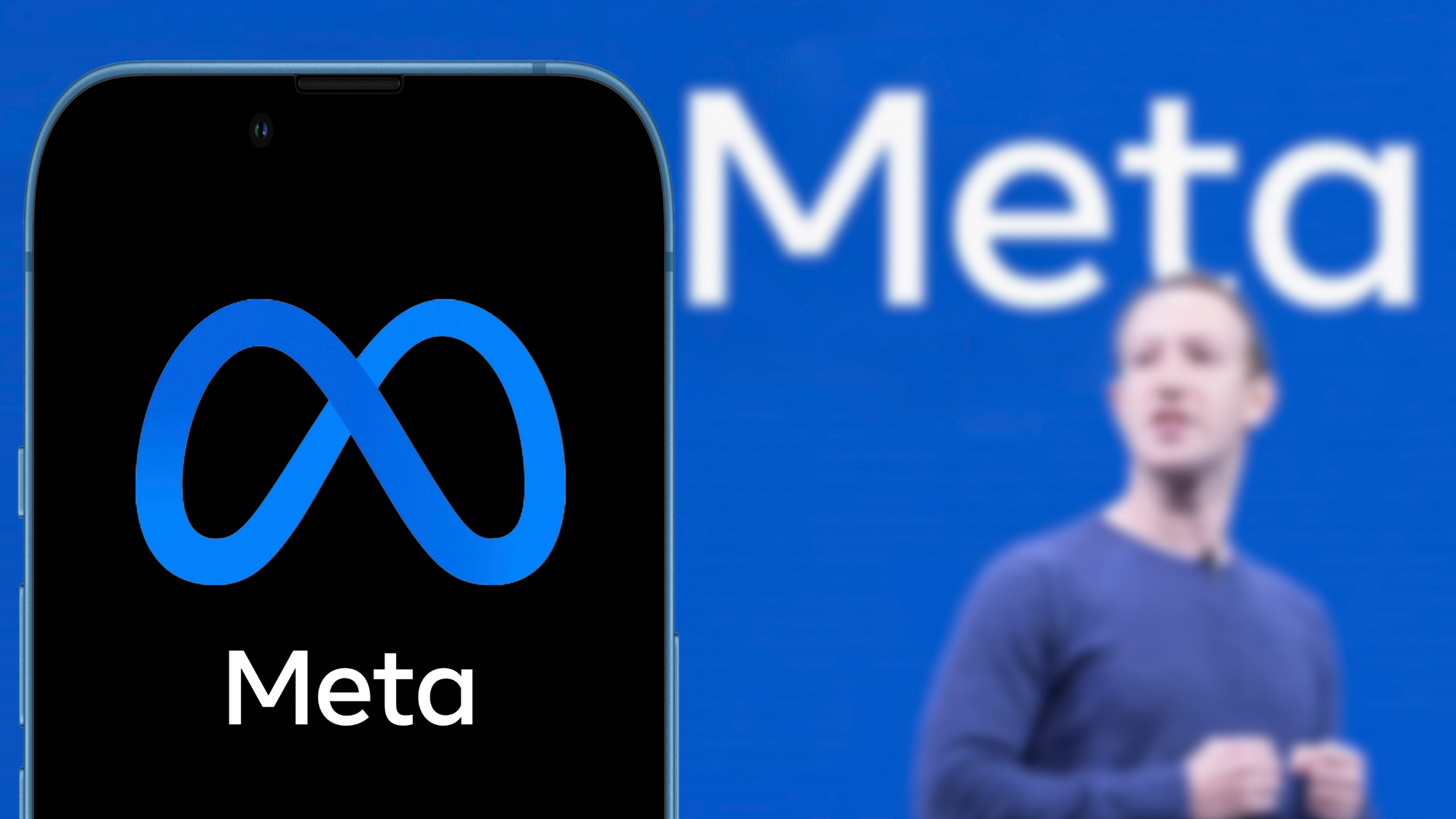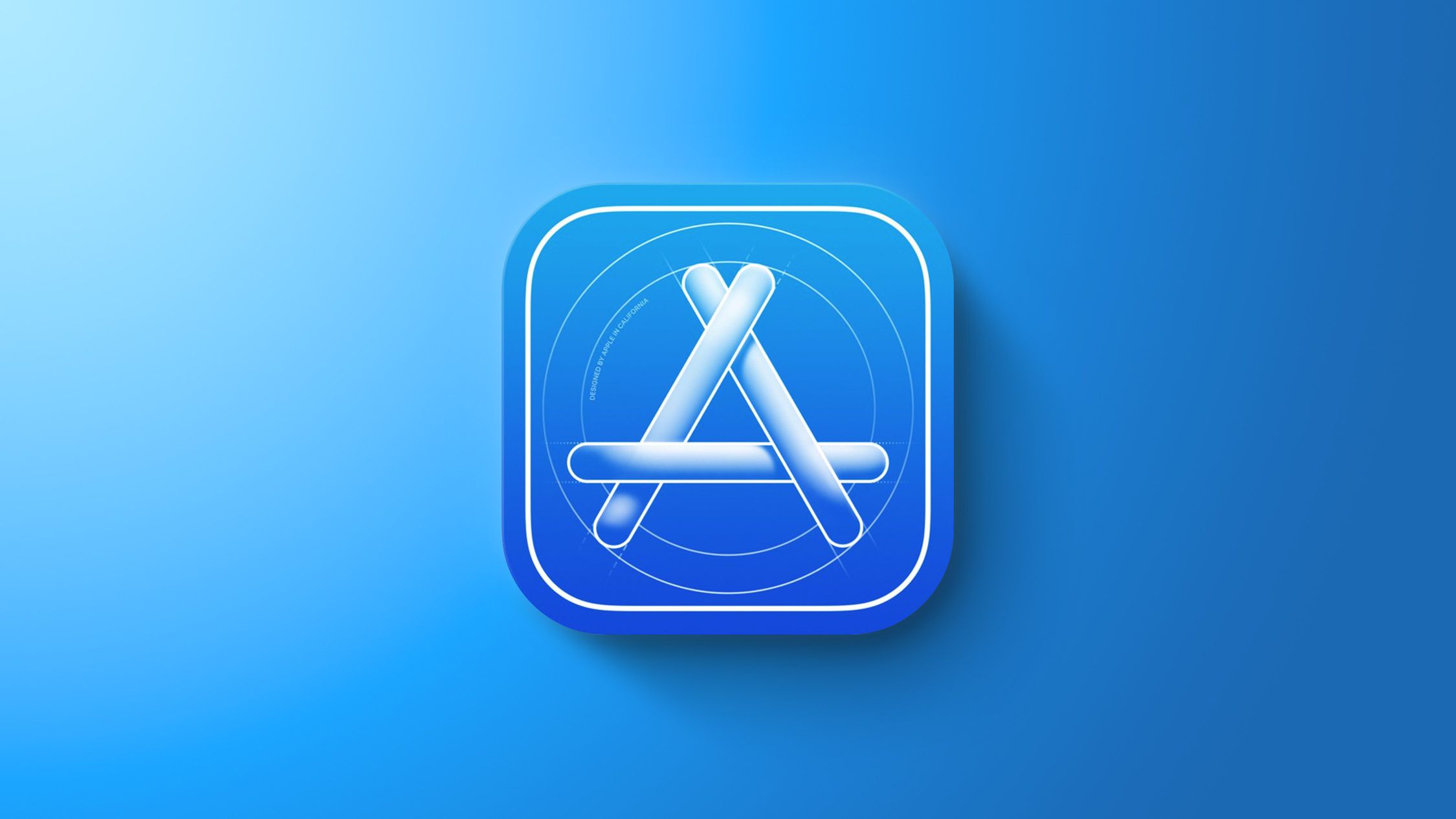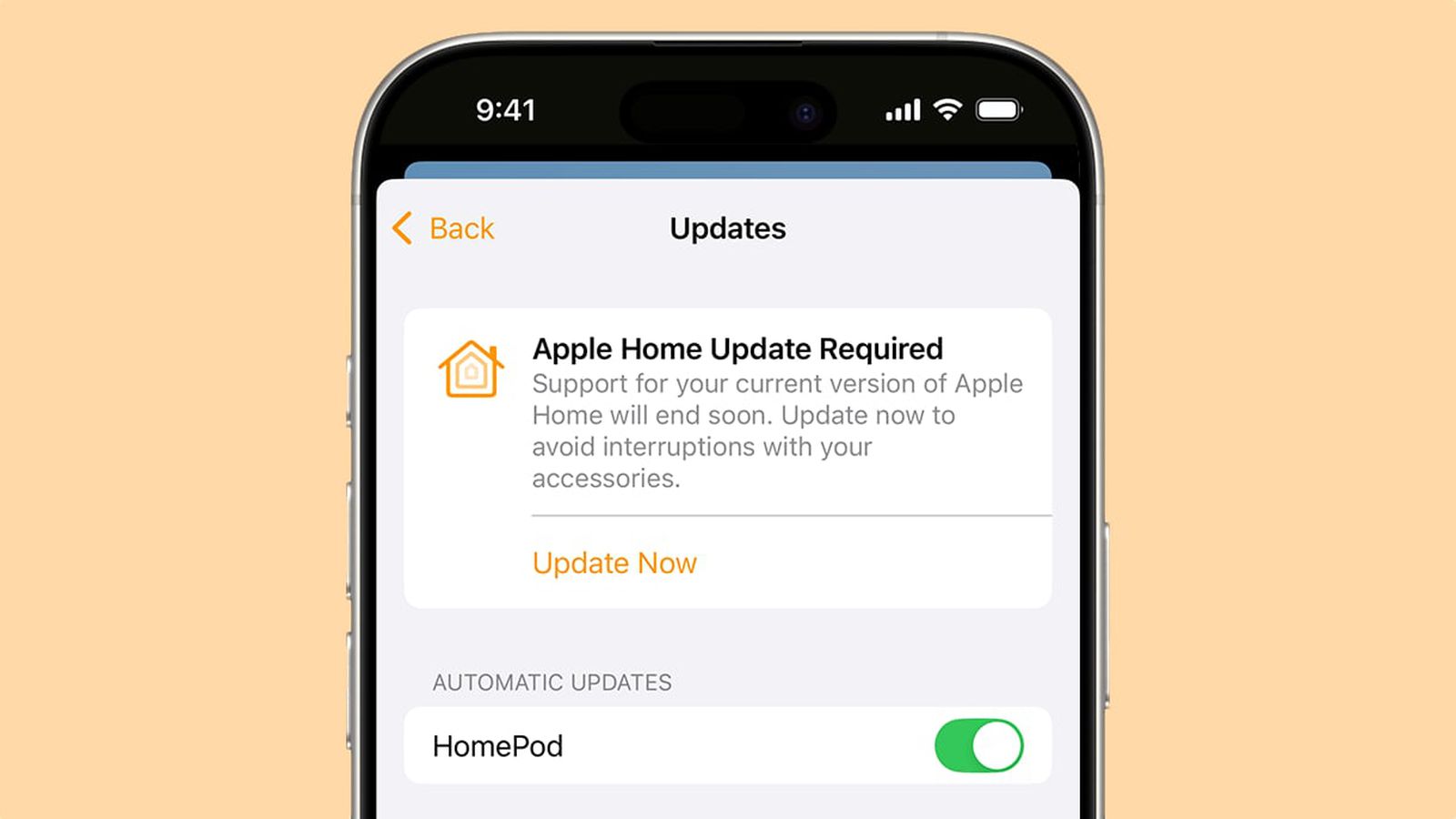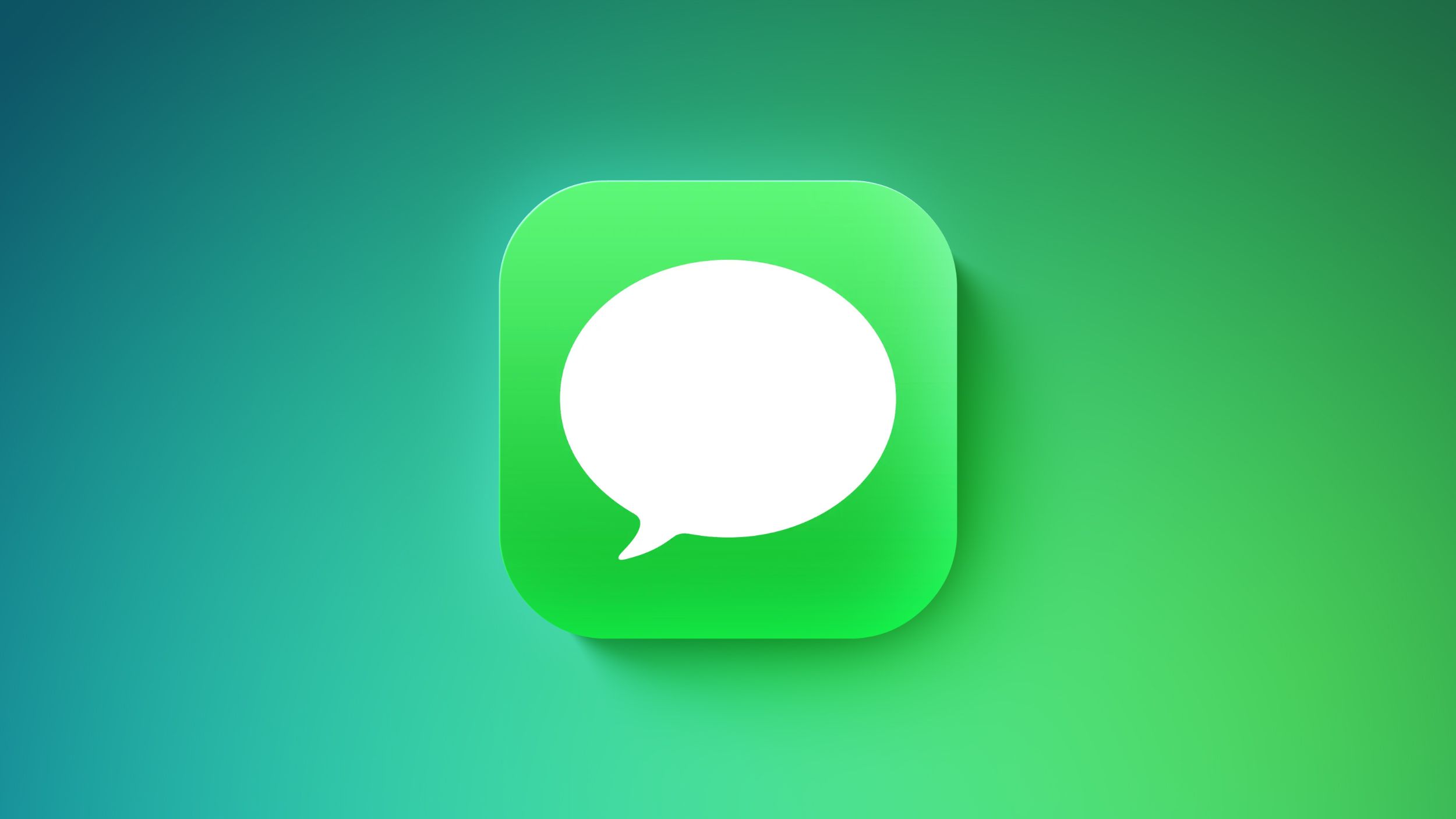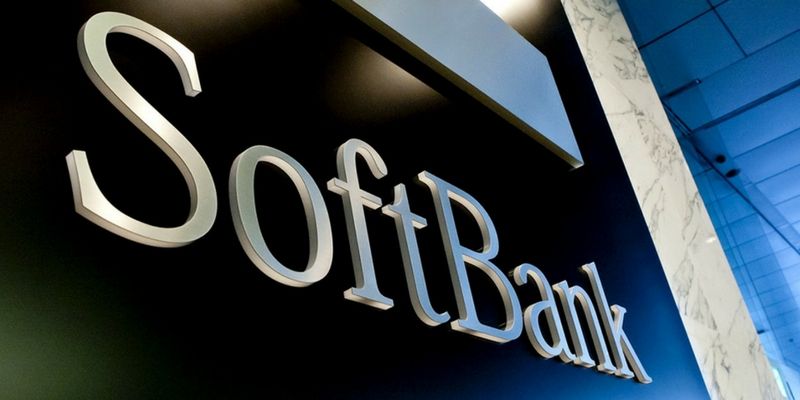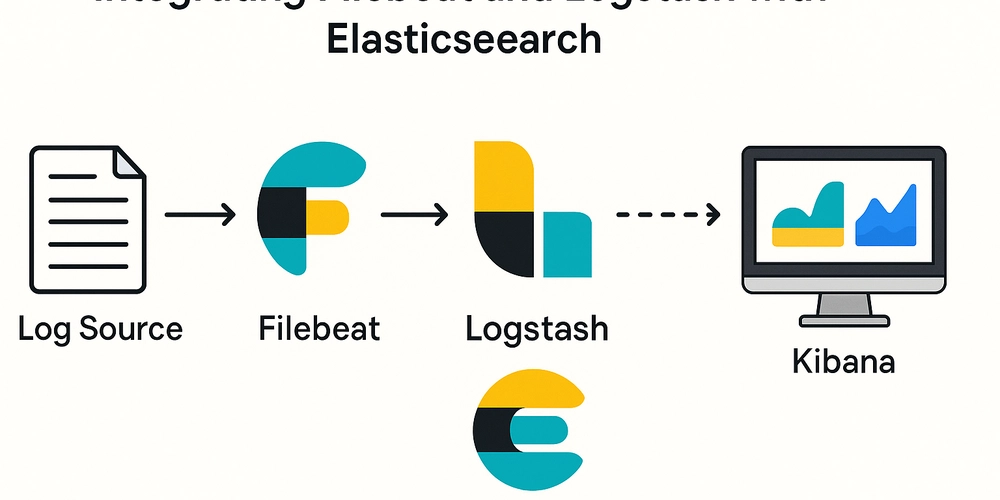Version Control: How to Git-started
Ever accidentally overwritten that perfect paragraph in your document or lost track of which version of a file was the latest? We've all been there! Imagine having a digital time machine that lets you revisit any previous version of your work with just a few keystrokes. That's exactly what Git, a powerful version control system, offers. Version control is essentially a sophisticated way to track and manage changes to your files, allowing you to go back in time, collaborate without chaos, and maintain complete control over your work's evolution. What is Version Control and Why Git? Version control is the practice of tracking and managing changes to files over time. Think of it as a system that remembers every modification you make to your documents, code, or any digital content. Git, the most popular version control system today, is described as "distributed," meaning everyone working on a project has a complete copy of the project's history. To understand Git, imagine playing a video game where you can save your progress at any point. Each save represents a specific state of your game that you can return to if things go wrong. In Git, these saves are called "commits"—snapshots of your work at a specific moment in time. This solves the fundamental problem of managing changes and versions effectively, especially when multiple people are working on the same project. As the folks at Atlassian put it, "For almost all software projects, the source code is like the crown jewels - a precious asset whose value must be protected." Git provides that protection, safeguarding your work from both catastrophic failures and the casual degradation caused by human error. Getting Git on Your Machine Before you can start using Git, you'll need to install it on your computer. The installation process varies slightly depending on your operating system: For Mac OS X Users If you've installed XCode or its Command Line Tools, Git might already be installed. To check, open Terminal and type git --version. If Git is installed, you'll see a version number. If you need to install Git, you have several options: A. Using the standalone installer: Download the latest Git for Mac installer Follow the prompts to complete installation Verify installation by typing git --version in Terminal B. Using Homebrew: Type brew install git in Terminal Verify installation with git --version After installation, configure your identity: git config --global user.name "Your Name" git config --global user.email "your.email@example.com" These details will be associated with any changes you make. For Windows Users Download the latest Git for Windows installer Launch the installer and follow the prompts - the default options work well for most users Once installed, open Command Prompt or Git Bash Configure your identity as shown above For Linux Users Debian/Ubuntu: sudo apt-get update sudo apt-get install git Fedora: sudo dnf install git or sudo yum install git After installation, verify with git --version and configure your identity. The Basic Git Workflow Creating Your First Repository A Git repository is essentially a "project folder on steroids." It looks like a normal folder on your computer, but it's secretly tracking every change you make to files inside it. To transform any regular folder into a Git repository, navigate to that folder in your terminal or command prompt and type: git init This command works its magic by creating a hidden .git directory that stores all the tracking information-no actual steroids involved, just some clever hidden files. Understanding the Three Git Areas Think of the Git workflow as having three distinct areas, which we can explain using a desk analogy: Working Directory: This is your messy desk where you're actively making changes to files. It's where you edit documents, write code, or make any modifications to your project. Staging Area: Consider this your "holding area" or a "to-be-committed" pile on your desk. When you're satisfied with certain changes, you move them here using the git add command. It's like saying, "These changes are ready to be saved in my next snapshot." Repository: This is your organized filing cabinet where permanent snapshots (commits) of your work are stored. When you commit staged changes using git commit, you're placing a labeled folder in this cabinet that contains the exact state of your files at that moment. Making Your First Commit After making changes to files in your working directory, follow these steps: 1.Check which files have been modified using git status 2.Add files to the staging area: git add filename.txt Or to add all changed files: git add . 3.Commit the staged changes with a descriptive message: git commit -m "Add login functionality to homepage" Writing clear, descriptive commit messages is crucial. Future you w

Ever accidentally overwritten that perfect paragraph in your document or lost track of which version of a file was the latest? We've all been there! Imagine having a digital time machine that lets you revisit any previous version of your work with just a few keystrokes. That's exactly what Git, a powerful version control system, offers. Version control is essentially a sophisticated way to track and manage changes to your files, allowing you to go back in time, collaborate without chaos, and maintain complete control over your work's evolution.
What is Version Control and Why Git?
Version control is the practice of tracking and managing changes to files over time. Think of it as a system that remembers every modification you make to your documents, code, or any digital content. Git, the most popular version control system today, is described as "distributed," meaning everyone working on a project has a complete copy of the project's history.
To understand Git, imagine playing a video game where you can save your progress at any point. Each save represents a specific state of your game that you can return to if things go wrong. In Git, these saves are called "commits"—snapshots of your work at a specific moment in time. This solves the fundamental problem of managing changes and versions effectively, especially when multiple people are working on the same project.
As the folks at Atlassian put it, "For almost all software projects, the source code is like the crown jewels - a precious asset whose value must be protected." Git provides that protection, safeguarding your work from both catastrophic failures and the casual degradation caused by human error.
Getting Git on Your Machine
Before you can start using Git, you'll need to install it on your computer. The installation process varies slightly depending on your operating system:
For Mac OS X Users
If you've installed XCode or its Command Line Tools, Git might already be installed. To check, open Terminal and type git --version. If Git is installed, you'll see a version number.
If you need to install Git, you have several options:
A. Using the standalone installer:
- Download the latest Git for Mac installer
- Follow the prompts to complete installation
- Verify installation by typing git --version in Terminal
B. Using Homebrew:
- Type
brew install gitin Terminal - Verify installation with
git --version
After installation, configure your identity:
git config --global user.name "Your Name"
git config --global user.email "your.email@example.com"
These details will be associated with any changes you make.
For Windows Users
- Download the latest Git for Windows installer
- Launch the installer and follow the prompts - the default options work well for most users
- Once installed, open Command Prompt or Git Bash
- Configure your identity as shown above
For Linux Users
Debian/Ubuntu:
sudo apt-get update
sudo apt-get install git
Fedora:
sudo dnf install git
or
sudo yum install git
After installation, verify with git --version and configure your identity.
The Basic Git Workflow
Creating Your First Repository
A Git repository is essentially a "project folder on steroids." It looks like a normal folder on your computer, but it's secretly tracking every change you make to files inside it. To transform any regular folder into a Git repository, navigate to that folder in your terminal or command prompt and type:
git init
This command works its magic by creating a hidden .git directory that stores all the tracking information-no actual steroids involved, just some clever hidden files.
Understanding the Three Git Areas
Think of the Git workflow as having three distinct areas, which we can explain using a desk analogy:
Working Directory: This is your messy desk where you're actively making changes to files. It's where you edit documents, write code, or make any modifications to your project.
Staging Area: Consider this your "holding area" or a "to-be-committed" pile on your desk. When you're satisfied with certain changes, you move them here using the
git addcommand. It's like saying, "These changes are ready to be saved in my next snapshot."Repository: This is your organized filing cabinet where permanent snapshots (commits) of your work are stored. When you commit staged changes using
git commit, you're placing a labeled folder in this cabinet that contains the exact state of your files at that moment.
Making Your First Commit
After making changes to files in your working directory, follow these steps:
1.Check which files have been modified using git status
2.Add files to the staging area:
git add filename.txt
Or to add all changed files:
git add .
3.Commit the staged changes with a descriptive message:
git commit -m "Add login functionality to homepage"
Writing clear, descriptive commit messages is crucial. Future you will thank you when trying to understand what changes were made and why. A good commit message briefly explains what was changed and, ideally, why the change was made.
Branching Out
One of Git's most powerful features is branching, which allows you to diverge from the main line of development without affecting it. Think of branches as parallel universes or alternate timelines in a sci-fi movie-each one contains a different version of your project.
Working with Branches
To see all existing branches:
git branch
To create a new branch:
git branch feature-login-page
To switch to that branch:
git checkout feature-login-page
Now you can make changes without affecting the main project. When you're happy with your changes and have committed them, you can bring them back into the main branch using the merge command:
git checkout main
git merge feature-login-page
This workflow is particularly valuable when working on new features or experimenting with ideas. If something goes wrong, you can simply abandon the branch without impacting your main project.
Venturing into the Cloud with GitHub
While Git alone is powerful for tracking changes on your local machine, GitHub extends its capabilities by providing a place to store your repositories online. Think of GitHub as a social network for your Git repositories-it's where you can back up your work, collaborate with others, and showcase your projects.
Connecting to GitHub
First, create a repository on GitHub through their web interface. Then, connect your local repository to the GitHub repository:
git remote add origin https://github.com/yourusername/your-repository-name.git
This command tells Git that there's a remote version of your repository called "origin" located at the specified URL.
Pushing Your Code to GitHub
To upload your local commits to GitHub, use the push command:
git push -u origin main
This sends your commits on the main branch to GitHub. The -u flag sets up tracking, which simplifies future pushes to this branch.
Getting Updates from GitHub
If you're working with others or from multiple computers, you'll need to download changes from GitHub:
git pull origin main
This fetches the latest changes from the main branch on GitHub and merges them into your local repository.
Conclusion
Version control with Git transforms how you manage your projects. It provides a safety net that lets you experiment freely, knowing you can always return to a working state if things go awry. With Git, you never have to fear losing work or overwriting important changes.
GitHub extends these benefits by providing a central location for your repositories, enabling seamless collaboration, and offering an extra layer of backup protection. Together, Git and GitHub form a powerful WWE tag team that creates a powerful ecosystem for software development practices.
Git might seem intimidating at first with its command-line interface and unique terminology, but the investment in learning it pays tremendous dividends. Once you get comfortable with the basic workflow, you'll wonder how you ever managed without it. The ability to track changes, collaborate efficiently, and maintain a complete history of your project is not just convenient-it's transformative.
I can't finish this article without the good old git puns, but the problem with git jokes is that everyone has their own version. As you continue your Git journey, remember that every professional developer started exactly where you are now. With practice and patience, you'll soon be Git-ting things done with confidence!















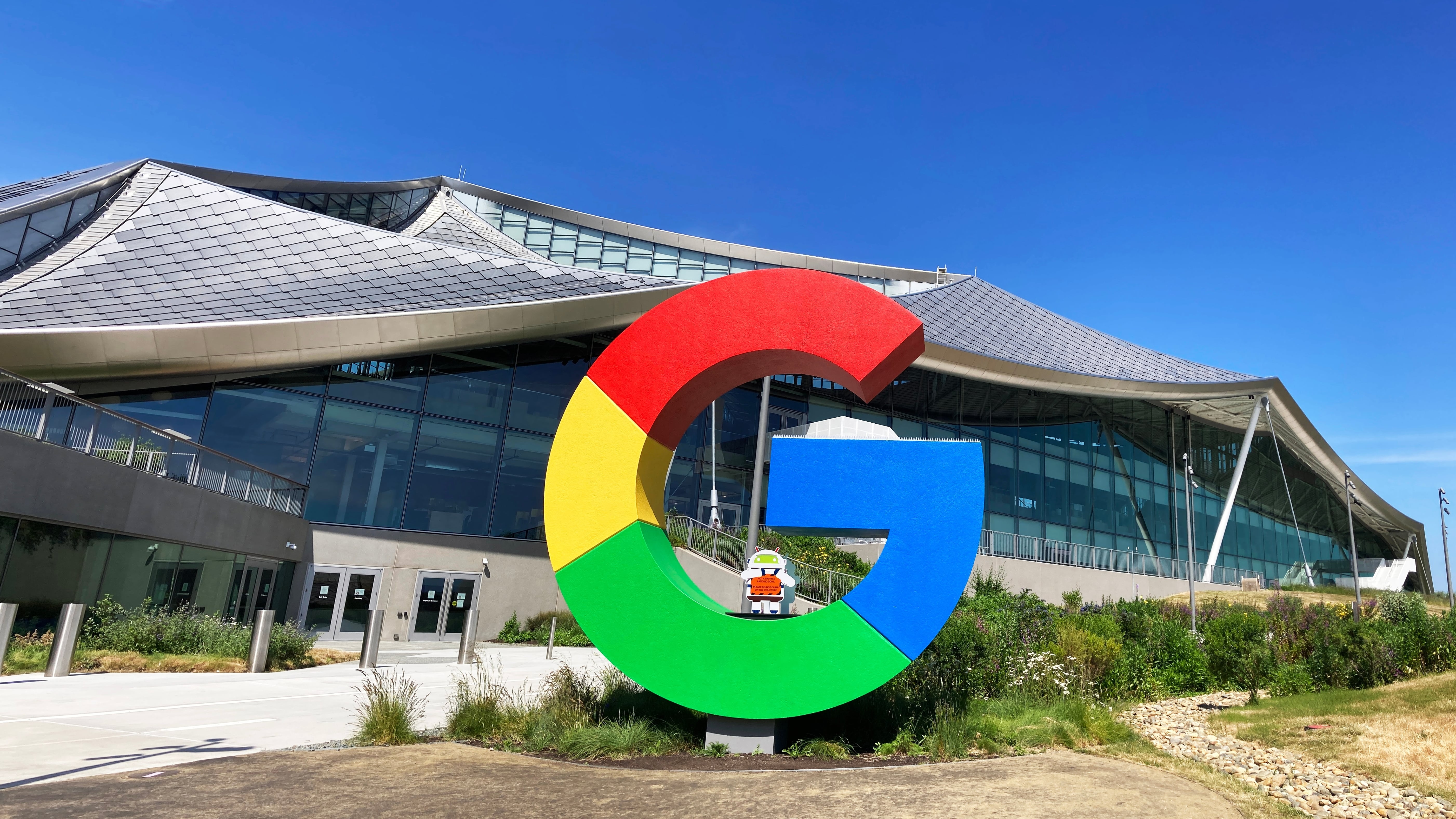





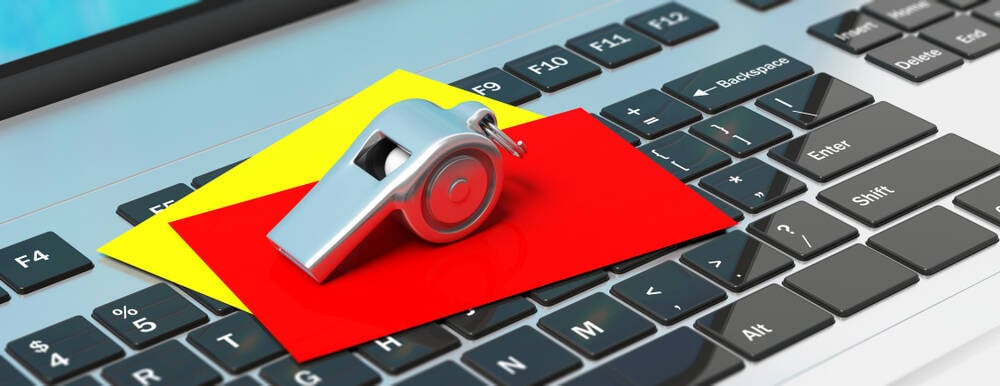
















































































































































![[The AI Show Episode 145]: OpenAI Releases o3 and o4-mini, AI Is Causing “Quiet Layoffs,” Executive Order on Youth AI Education & GPT-4o’s Controversial Update](https://www.marketingaiinstitute.com/hubfs/ep%20145%20cover.png)






























































































































![Ditching a Microsoft Job to Enter Startup Purgatory with Lonewolf Engineer Sam Crombie [Podcast #171]](https://cdn.hashnode.com/res/hashnode/image/upload/v1746753508177/0cd57f66-fdb0-4972-b285-1443a7db39fc.png?#)



















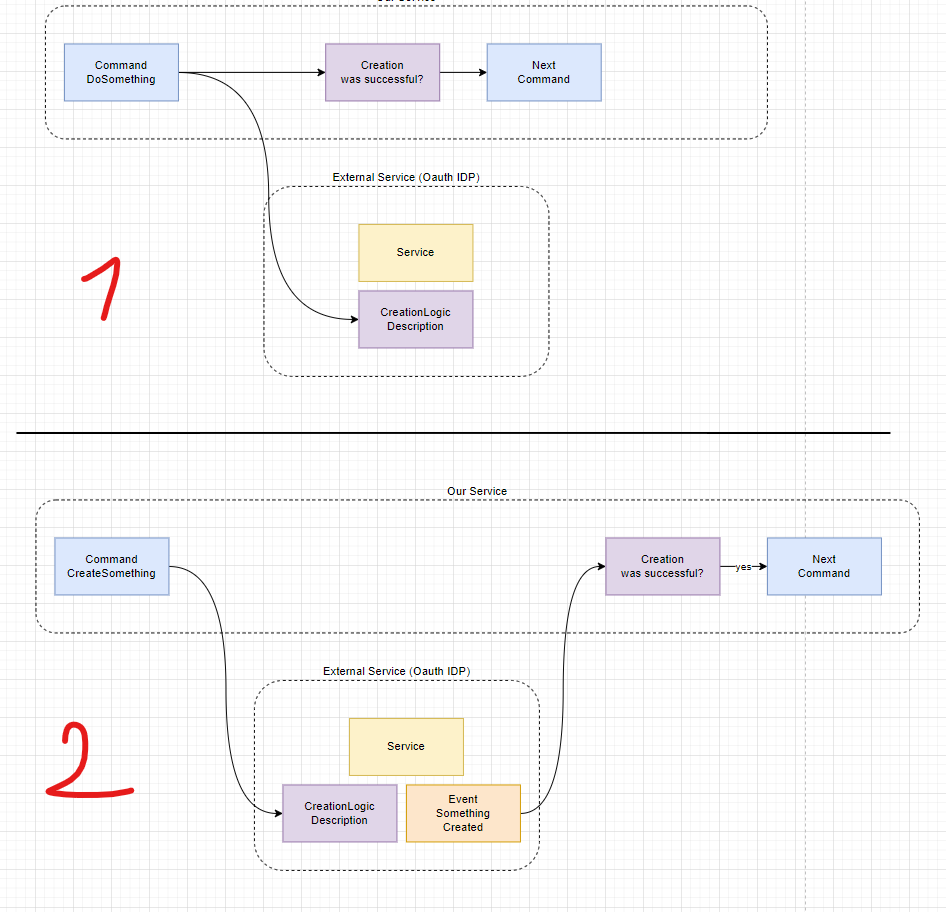

























-Fallout-Season-2-Teaser-00-00-36.png?width=1920&height=1920&fit=bounds&quality=70&format=jpg&auto=webp#)

























































































_Piotr_Adamowicz_Alamy.jpg?width=1280&auto=webp&quality=80&disable=upscale#)




































































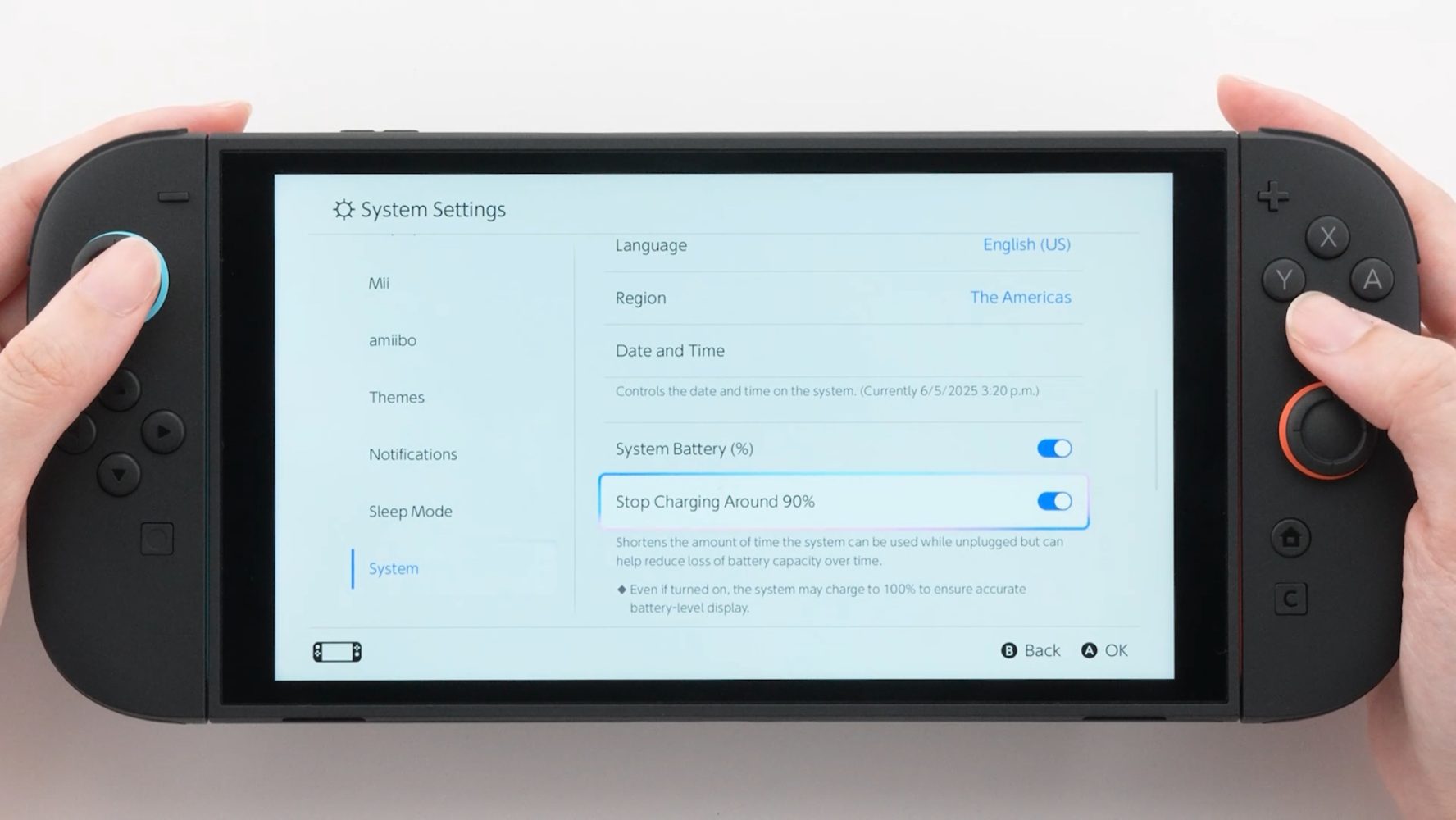






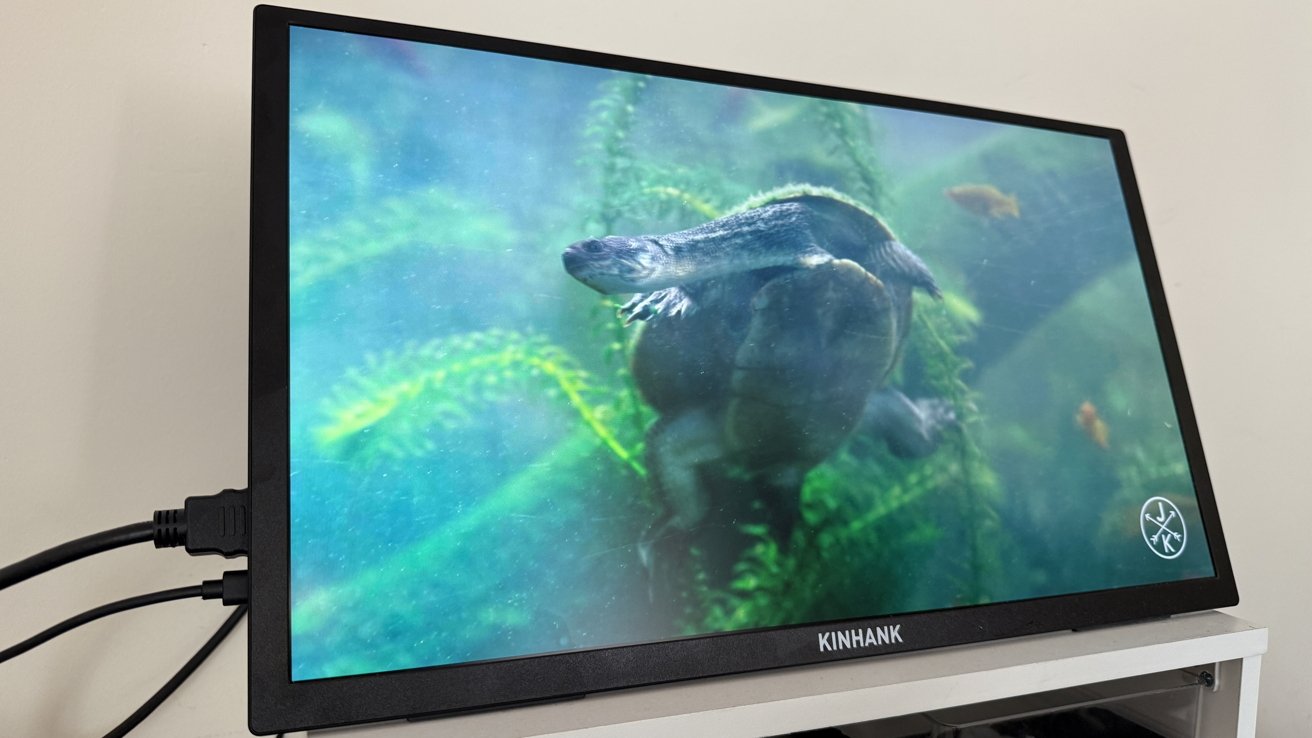
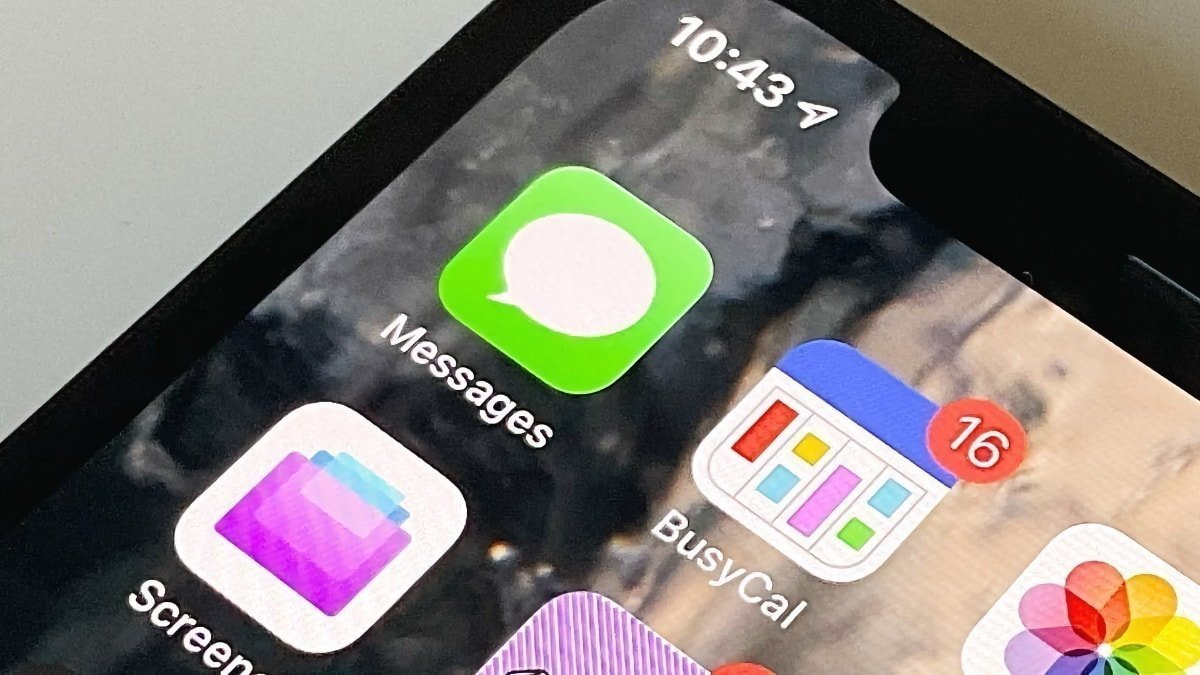





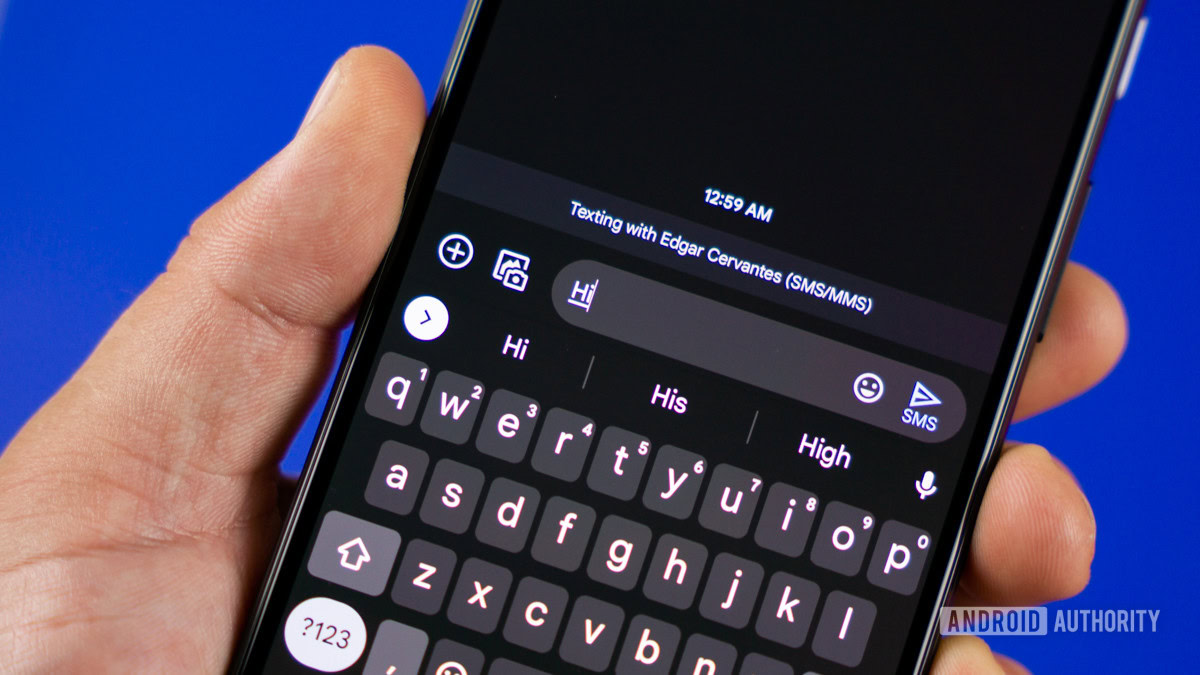























![Samsung's New Galaxy S25 Edge Takes Aim at 'iPhone 17 Air' [Video]](https://www.iclarified.com/images/news/97276/97276/97276-640.jpg)
![Apple to Launch AI-Powered Battery Saver Mode in iOS 19 [Report]](https://www.iclarified.com/images/news/97309/97309/97309-1280.jpg)

![Apple Officially Releases macOS Sequoia 15.5 [Download]](https://www.iclarified.com/images/news/97308/97308/97308-640.jpg)

















